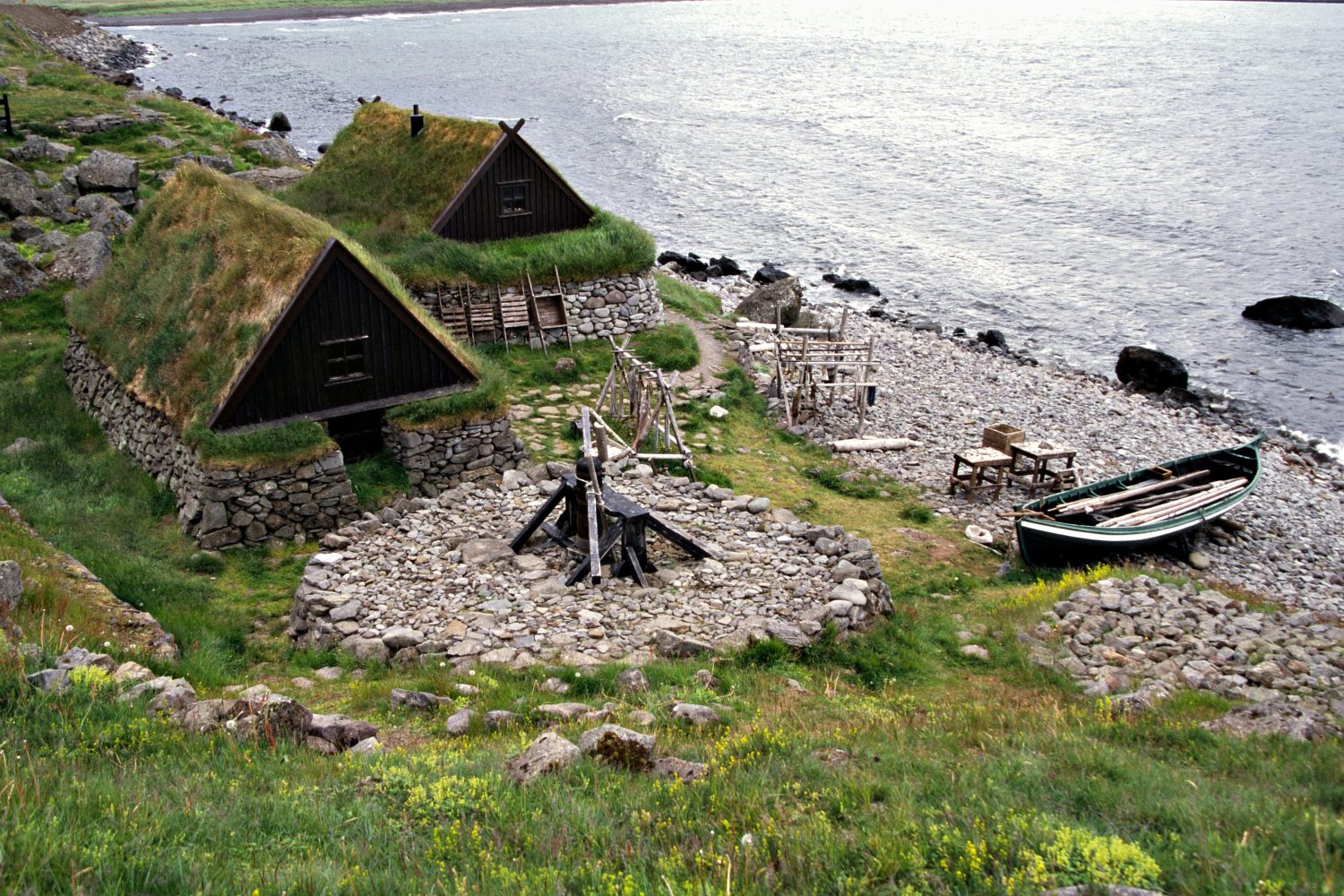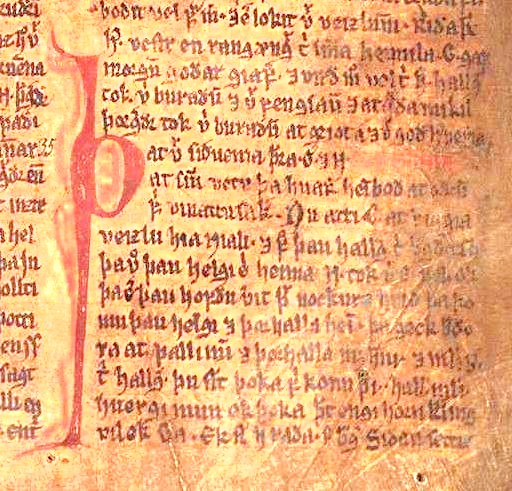

| Online: | |
| Visits: | |
| Stories: |

| Story Views | |
| Now: | |
| Last Hour: | |
| Last 24 Hours: | |
| Total: | |
By Thor! The Viking Sagas An Awesome Documentary – Watch it Here @ Video
During the Dark Ages, in a relatively remote part of the world, one of the most renowned historical manuscripts of all time were written. As opposed to what contemporary authors wrote about in mainland Europe throughout the Middle Ages (stories about brave knights and princesses for instance), it was in Iceland that the first manuscripts involving the lives of common people were written by the Icelandic chroniclers. These stories of common people that lived their lives by herding, fishing and farming along the coastlines of Iceland commencing from the late part of the 9th century are documented in the old Norse sagas. The Norse sagas were written by medieval Icelandic authors, but their real identities remain a mystery to this day. Only the identity of an author who is believed to have written ‘Egil’s saga’, namely Snorri Sturluson, is somehow credited, as he was the descendant of the saga’s heroic figure. Nonetheless, whether or not Sturluson wrote ‘Egil’s saga’ remains a debatable matter among many scholars.

A modern day recreation of an early Norse fishing outpost in Bolungarvík, north-western Iceland. Image source: www.wikipedia.org
The goal of the sagas was to share, from generation to generation, the stories of the Norsemen based on historical events and major milestones in regards of exploration, mapping and colonisation. These stories were also largely based on real people and their deeds. The Viking sagas were as such written for historical reasons, and relied significantly on genealogy as well as on the conflict and the struggle that arose in medieval Iceland among the second and third generation Icelanders during the 10th and 11th centuries.

A page from Njáls saga, from a 14th century Icelandic chronicle entitled ‘Möðruvallabók’. Image source: www.wikipedia.org
Nowadays, this literary heritage is still present among Icelanders, as one tenth of Iceland’s population already published a book. The Icelandic language is descended from the Old West Norse dialect of the Old Norse language that the first Norwegian settlers brought with them in Iceland during the end of the 9th century when they started to colonise the coastal areas. Furthermore, to date, given its geographic isolation from other idioms, the Icelandic language is one of the two North Germanic languages that are the most closest related to Old Norse, on par with Faroese.
In the purpose of understanding the early Icelandic literature, below you can watch a documentary made by BBC Four about the Viking sagas, their main points of interest and how they were conceived:
Source TheDockYards.com
Check out more contributions by Jeffery Pritchett ranging from UFO to Bigfoot to Paranormal to Prophecy


